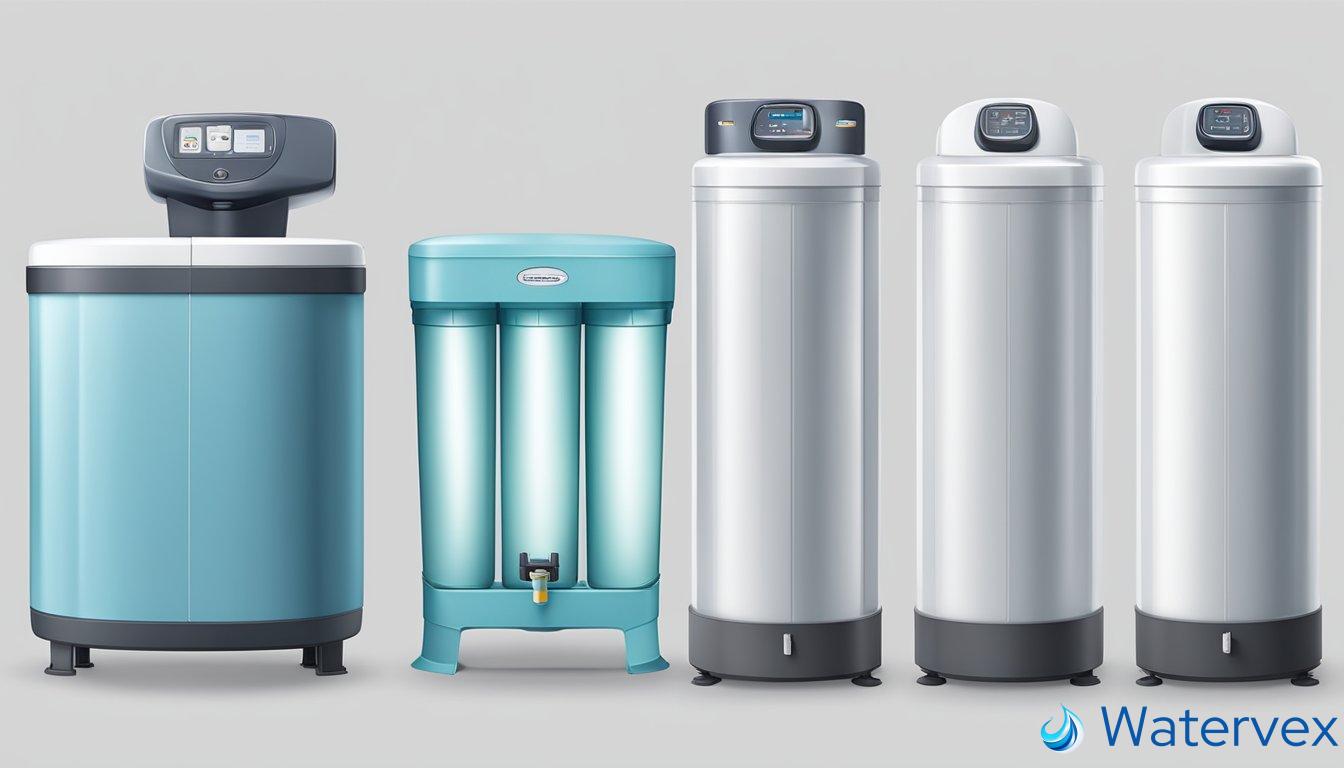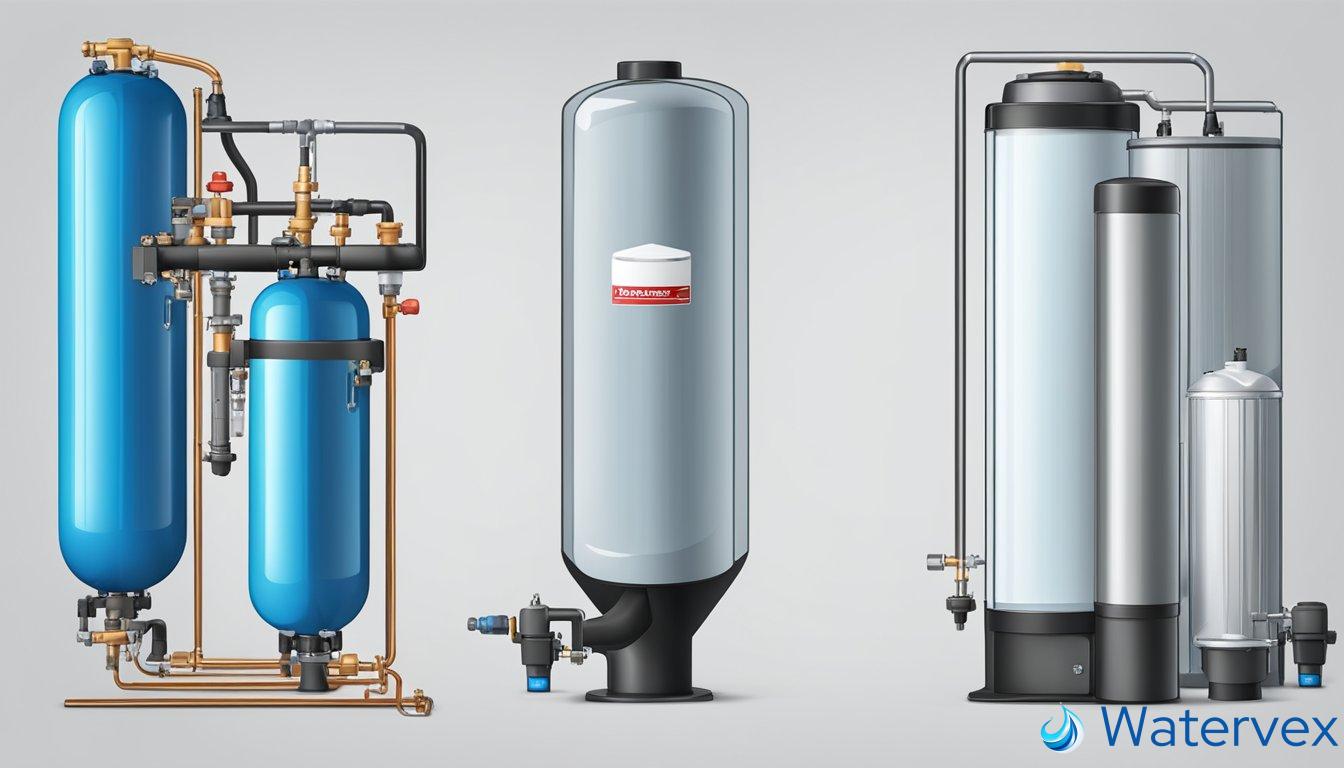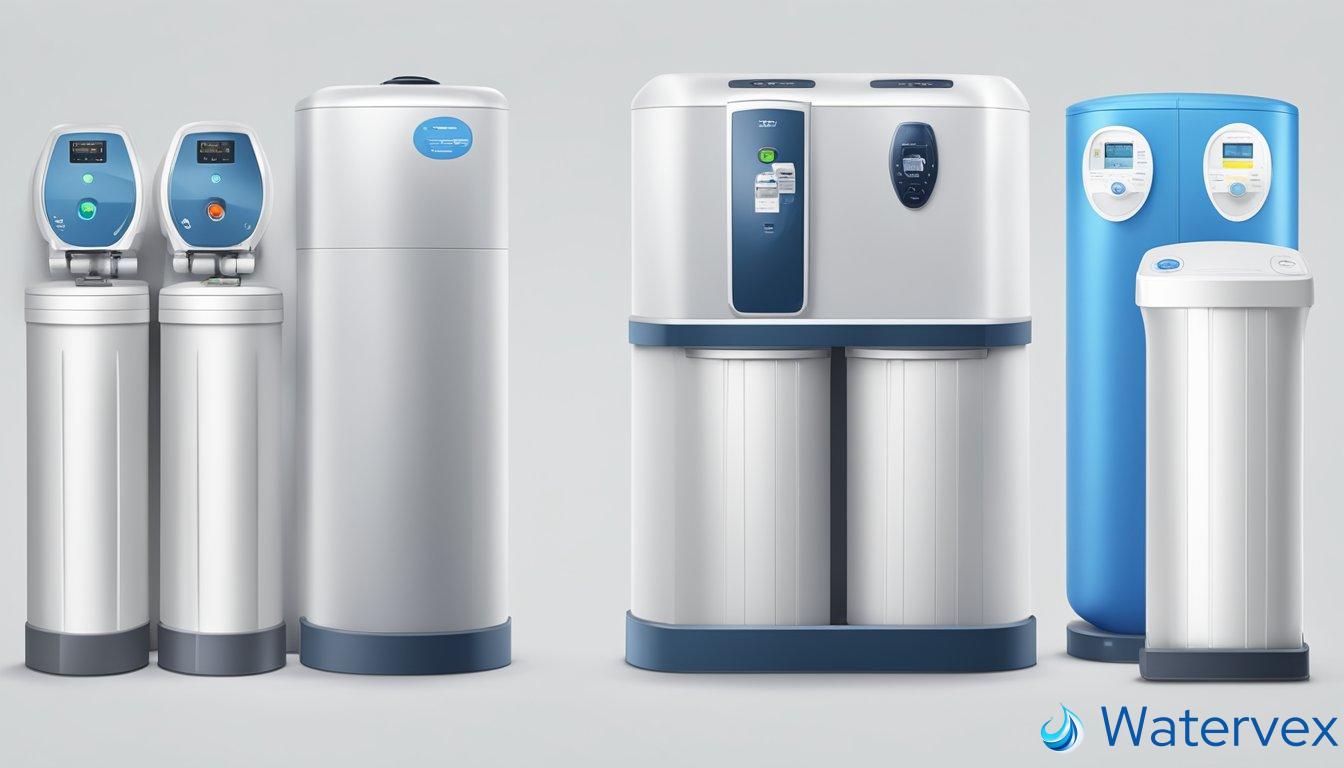When it comes to managing hard water in your home, choosing the right water softener is crucial. You might have heard about electric and non-electric water softeners, but how do they differ? Essentially, electric water softeners operate on a timer system that automatically regenerates the softening media at predetermined intervals, regardless of water usage, which could lead to unnecessary cycles or delay in regeneration if your water usage varies. On the other hand, non-electric water softeners use a meter to monitor water usage and trigger the regeneration process based on actual consumption, offering a more efficient approach to water softening that adapts to your family’s specific needs.

Getting to the heart of the matter, when you’re faced with mineral-rich hard water, each type of water softener has its own way of tackling the issue. Softeners are tasked with removing minerals like calcium and magnesium, which are responsible for the buildup in pipes and appliances, through a process known as ion exchange. An electric water softener often requires less maintenance and is easy to program, but it also consumes electricity and can waste water if not properly adjusted to your usage patterns. On the flip side, a non-electric variety is praised for its water and salt efficiency, as its operation is strictly on-demand, but it may lack the programming features and could require more user intervention.
Key Takeaways
- Water softeners combat hard water by removing minerals known for causing buildup in your home.
- Electric water softeners work on a timed system, while non-electric models regenerate based on water consumption.
- Choosing between electric and non-electric depends on usage patterns, desire for maintenance, and efficiency needs.
Understanding Water Softeners
Choosing the right water softener for your home involves understanding the differences between electric and non-electric systems. It’s crucial to know how each type works and what components they involve to ensure you select the best option for your family’s needs.
Electric vs Non-Electric Water Softeners
Electric water softeners depend on electricity to operate a timer or meter, which regulates the initiation of the regeneration cycle. The timer monitors the softener’s service time and initiates the process after a specific period or volume of water usage. Conversely, non-electric water softeners function without electricity, typically using a water flow meter to measure consumption and trigger regeneration. With no electrical parts, these systems can often be more straightforward to install, as they don’t require proximity to a power source.
Components and Functionality
The primary components of both electric and non-electric water softeners include the resin bed and the brine tank. The resin bed is where the process of ion exchange occurs, replacing hard mineral ions like calcium and magnesium with sodium or potassium ions. Over time, the resin beads become coated with mineral ions and must be regenerated. This is where the brine tank comes into play, supplying a highly concentrated salt or potassium solution to cleanse the resin. In electric softeners, this process is often on a set schedule, whereas in non-electric softeners, regeneration is metered, occurring as needed based on water usage.
Selecting between an electric and a non-electric water softener transitions beyond just a choice of power usage; it’s about efficiency, installation flexibility, and maintenance. Your decision can directly influence the longevity of your appliances, the taste of your water, and the prevention of scale buildup in your home’s pipelines.
How Water Softeners Work

Water softeners serve a critical role in managing water hardness, vital for maintaining your home’s piping system and appliances. Their operation hinges on a process known as ion exchange to replace minerals causing hardness, like calcium and magnesium, with sodium ions. To ensure continuous operation, these systems periodically undergo regeneration.
Regeneration Process
Regeneration is the cycle during which water softeners refresh their capacity to soften water. For electric water softeners, this process is governed by a timer. The timer schedules regeneration, typically during times of low water use, such as late at night. Conversely, non-electric water softeners rely on the actual volume of water that moves through the device. A mechanical water meter keeps track of usage, triggering the regeneration process based on the predetermined water volume, ensuring the system operates efficiently without any wasted resources.
- Electric System: Scheduled by timer
- Non-Electric System: Triggered by water meter
Power and Control Mechanics
The operation of a water softener partly revolves around its power and control configuration. Electric water softeners employ an electric control head activated by a power supply to manage the cycle of regeneration. This element acts as the brain of the system, determining when and how the regeneration should take place. On the flip side, non-electric water softeners harness the kinetic energy from the water flow, removing the need for electrical power. This method not only provides a more eco-friendly approach but also reduces the likelihood of mechanical failure due to its fewer moving parts and the absence of electrical components.
- Electric Softeners: Controlled by electric head
- Non-Electric Softeners: Operated by water flow dynamics
Understanding the specific mechanics behind your water softener’s regeneration process and power control can help you pinpoint the right fit for your household needs, whether it’s the scheduled precision of an electric model or the resource-conscious operation of a non-electric system.
Advantages and Challenges

Choosing the right water softener for your home involves considering the benefits and possible obstacles of both electric and non-electric systems.
Pros of Water Softening Systems
Electric Water Softeners:
- Efficiency: These systems can be highly efficient due to their precise regeneration cycles timed by an electronic controller, which can save on salt and water usage.
- Control: You get features like programmable settings and detailed usage data.
Non-Electric Water Softeners:
- Simplicity: With no electricity needed, these models use a mechanical meter to determine when regeneration is necessary, offering a straightforward operation.
- Resilience: In the event of a power outage, they continue to function, ensuring a constant supply of soft water.
Cons and Considerations
Electric Water Softeners:
- Cost: They may be more expensive due to the advanced technology and features they offer.
- Dependence on Power: Susceptibility to power outages can disrupt the system’s regeneration cycle.
Non-Electric Water Softeners:
- Lifespan: The lifespan of these systems may be longer since they have fewer electrical components that could fail.
- Maintenance: Although typically low maintenance, repairs might require a technician familiar with the mechanical parts typical to non-electric models.
Both Systems:
- Maintenance for both types tends to be minimal, usually involving salt refilling and occasional check-ups on the system’s function.
- Considering the efficiency and potential cost implications, balancing initial outlay with long-term savings is crucial.

